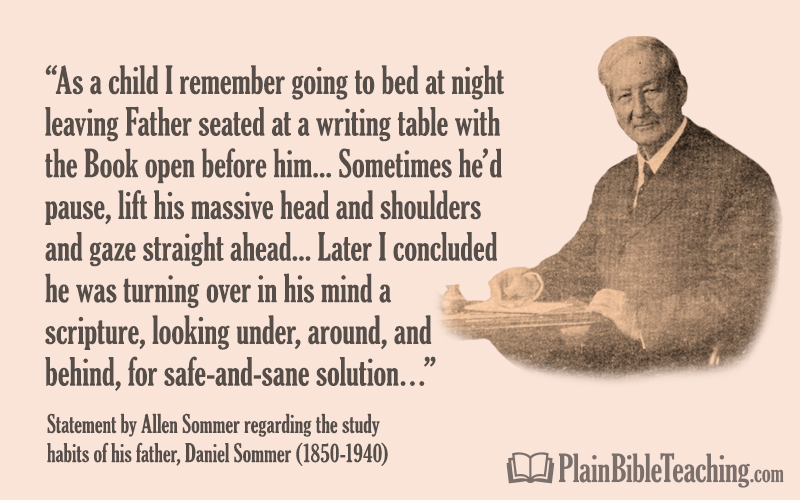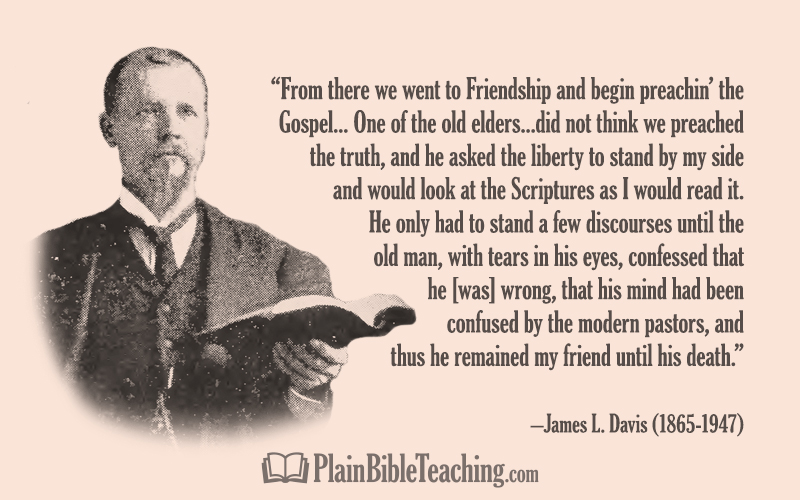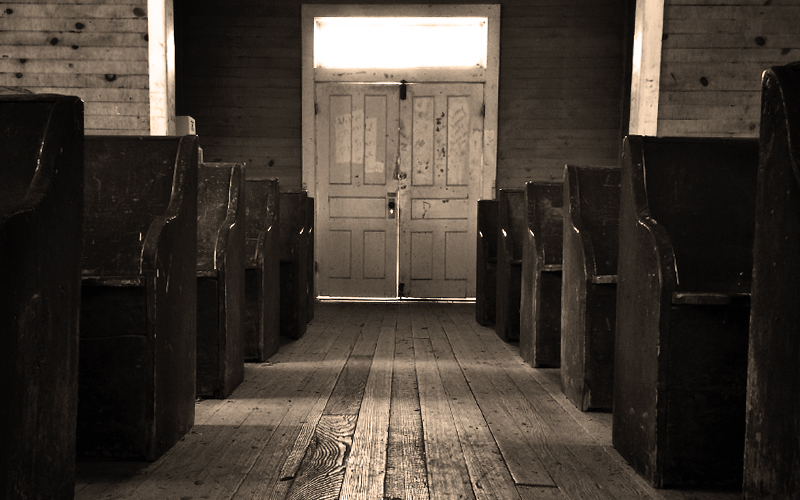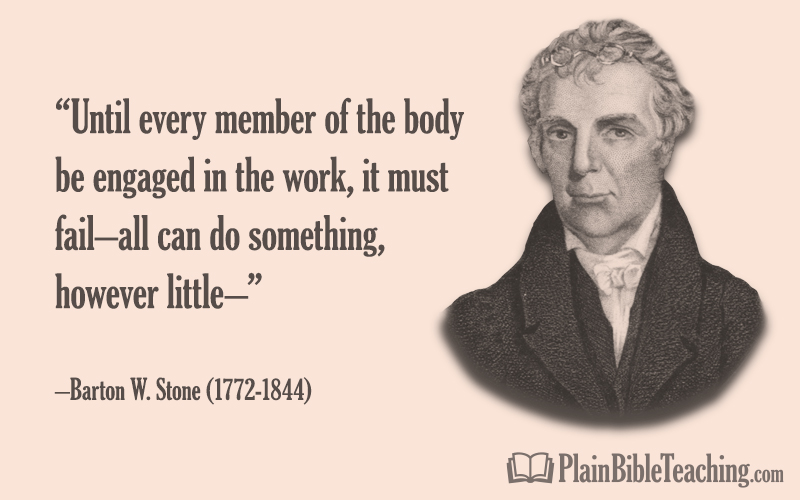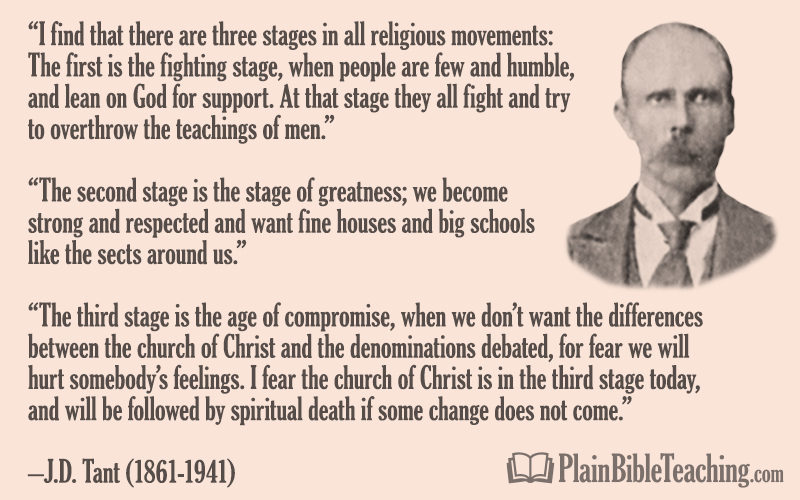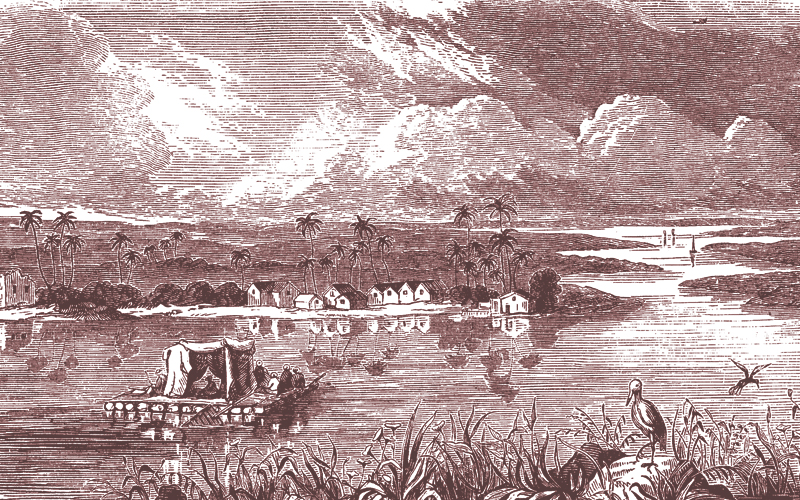
When we study “church” history, we are limited to what has been recorded in the past and preserved until the present. Because of this, there are religious groups from various times and places that we know little or nothing about. I recently learned about one of these groups while browsing Barton W. Stone’s journal, The Christian Messenger. An excerpt titled, A Christian Church among the Arabs, Turks & Persians, described a “Christian Church” in the Middle East.
“On the shores of the River Tigris, there exists a Christian Church, the members of which call themselves Chaldeans, and trace their origin to the time of the Apostles. It is supposed that they number 500,000 souls. But little is known of these people. The Papists attempted to make an impression on them some years ago, but failed, and that because of the Bible, of which they had many manuscript copies. Since it has been discovered that these Bible Christians have no printing establishments among them, and no books, the British & Foreign Bible Society, are making arrangements to provide them with printed copies of the Bible.” (Excerpt from The Christian Messenger, Volume 2)
The quote above was published in 1827. This “Christian Church” in the area of the Tigris River called themselves Chaldeans, numbered half a million people, and claimed to trace their origin to the apostles in the first century.Continue Reading
